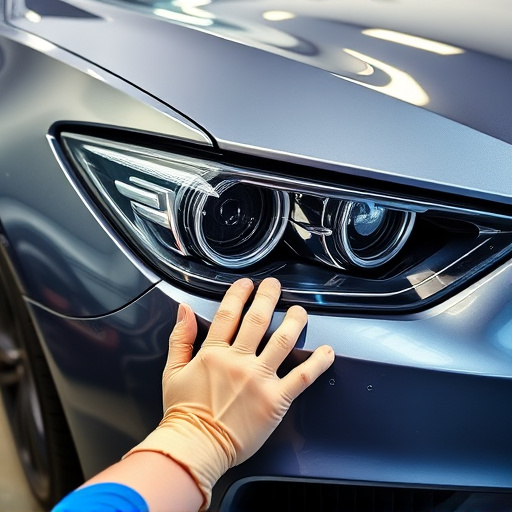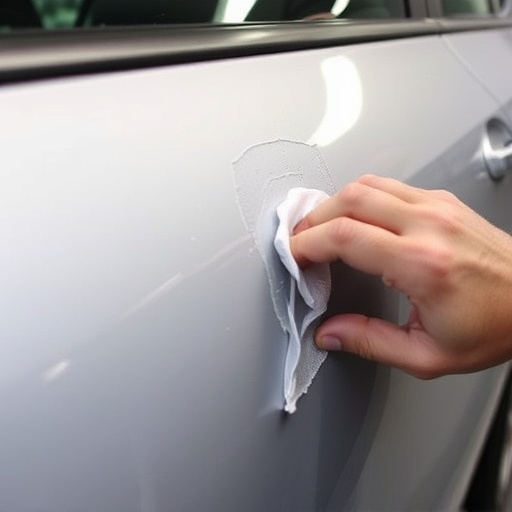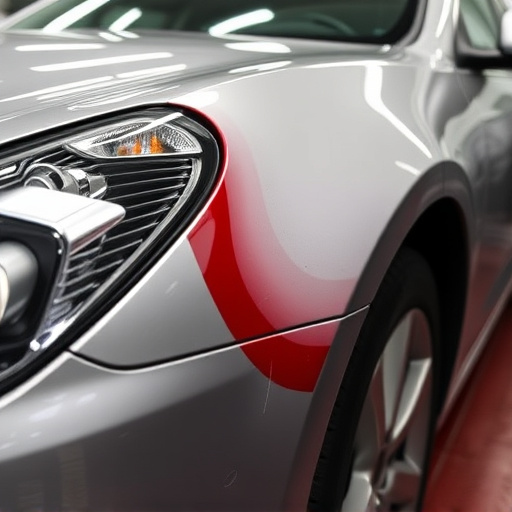Effective vehicle repair communication relies on clear, open dialogue. Active listening and using plain language build trust and ensure customers understand their options. This transparent approach manages expectations, empowers clients to make informed decisions, and fosters collaboration, leading to higher satisfaction throughout the repair process. For repair shops, prioritizing active listening is crucial for diffusing conflicts, especially in complex scenarios, ultimately fostering long-term customer loyalty.
Navigating difficult conversations in vehicle repair is essential for building strong customer relationships. Effective communication strategies are key to diffusing tensions, gaining trust, and ensuring satisfied clients. This article explores proven tactics for handling challenging interactions, focusing on open dialogue, active listening, and transparent explanations. By mastering these skills, repair shops can enhance their reputation, foster loyalty, and improve overall customer satisfaction in the face of contentious issues related to vehicle repair communication.
- Establishing Clear Communication Channels
- – The importance of open and honest communication
- – Using active listening techniques during conversations
Establishing Clear Communication Channels

Effective communication is the cornerstone of successful vehicle repair. Establishing clear channels ensures everyone involved—from mechanics to customers—is on the same page. This begins with active listening, where technicians pay close attention to clients’ concerns and queries, clarifying any points of confusion. Open dialogue fosters trust, enabling mechanics to provide accurate assessments and solutions without leaving room for misinterpretation.
Moreover, using straightforward language is paramount. Avoid technical jargon that might alienate customers who are not automotive experts. Instead, explain repairs in plain terms, offering a clear picture of the issue and its resolution. This transparent approach not only facilitates understanding but also empowers clients to make informed decisions about their vehicle repair services or even consider a vehicle collision repair if necessary. Such communication is vital for managing expectations and ensuring satisfaction during every step of the restoration process.
– The importance of open and honest communication
Effective communication is a cornerstone when handling difficult conversations in vehicle repair. It’s crucial to foster an environment where customers feel heard and understood. Open dialogue allows for transparent discussions about the extent of damage, potential costs, and expected timelines. By being honest from the start, repair shops can dispel any confusion or unexpected charges, building trust with their clients. This strategy is vital in diffusing potential conflicts and ensuring both parties are on the same page throughout the repair process.
Whether discussing complex repairs like dent removal or intricate auto painting services, clear communication ensures customers know what to expect. It empowers them to make informed decisions and take an active role in managing their vehicle’s restoration. Moreover, it encourages collaboration between the customer and repair team, leading to better outcomes and a more satisfying experience for all involved parties.
– Using active listening techniques during conversations
Effective communication is a cornerstone of any successful vehicle repair service. When engaging with clients, especially during challenging conversations, adopting active listening techniques can significantly enhance the overall experience. This involves giving your full attention to the speaker, paraphrasing their concerns to confirm understanding, and asking probing questions to gather more information. By doing so, you not only ensure that you accurately grasp the issue at hand but also convey respect and empathy, fostering a positive rapport.
In an auto repair shop setting, where clients might be dealing with unexpected car collision repairs or complex technical issues, active listening becomes even more critical. It helps to clarify any misunderstandings, alleviate anxiety, and build trust. When you actively listen, you can tailor your explanations to suit the client’s level of understanding, ensuring they feel involved in the process. This strategic approach to vehicle repair communication can lead to better customer satisfaction and long-term loyalty.
Effective communication is the cornerstone of successful vehicle repair services. By establishing clear channels, actively listening, and maintaining openness, repair shops can navigate difficult conversations with clients, fostering trust and ensuring a positive experience. These strategies are essential for building strong client relationships based on honesty and mutual understanding in the competitive vehicle repair industry.
